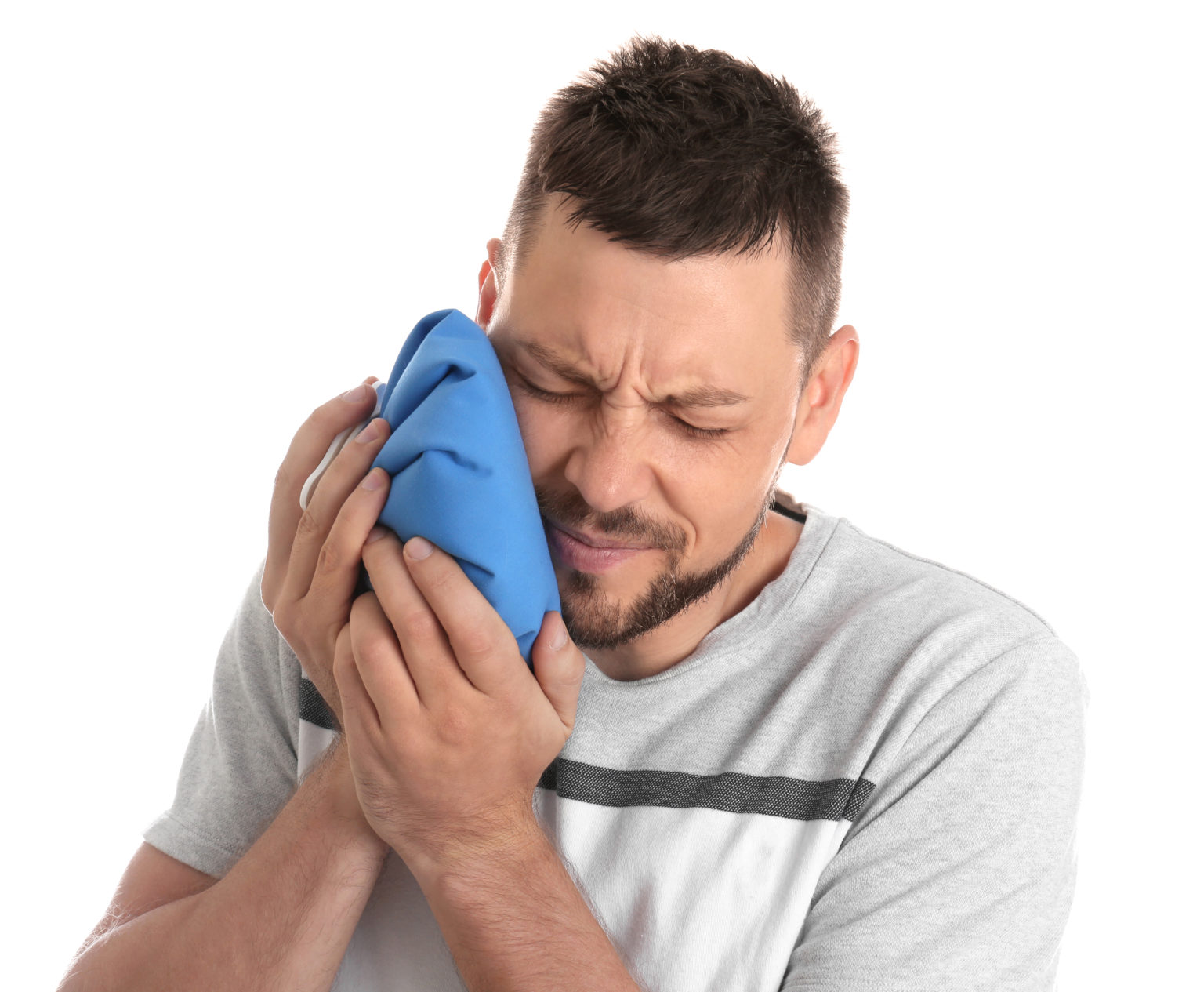
If you have a jaw injury, you might be wondering, “Do I use ice or heat for TMJ pain?”. While much depends on the type of injury or temporomandibular joint (TMJ) condition you have, using both is often optimal. Here we break down the rationale for using ice, heat, or both for TMJ pain.
Ice therapy (cryotherapy) is generally used in the context of an acute injury, such as jaw sprain or strain. When an injury occurs, the healing response comes in the form of inflammation. Healing is a good thing, but sometimes the inflammatory response sets you up for more pain in the long run. Here’s what ice can do for a jaw injury.
Heat therapy (thermotherapy) is generally used for chronic pain conditions, but it can be used in acute settings too. Here are some things that heat can do for your jaw pain:
Heat has also been shown to be effective for chronic temporomandibular disorders (TMD). A review of the literature on using heat for temporomandibular disorders found that heat treatment resulted in significant pain reduction, relief of muscle tension, and improved mobility of the TMJ.
The current thinking in the heat vs ice debate for joint injury is in transition. The traditional approach is to ice an acute injury and to use heat for comfort and flexibility. However, several practitioners are now advocating the exclusive use of heat for joint injuries.
The treatment of TMJ pain is unique in that there is a priority on pain relief after injury. Interrupting the neural pathways from jaw pain after an injury may prevent a prolonged TMD from developing. This is important because people with acute trauma to the jaw have a fourfold increase in the risk of developing a chronic TMD, according to a 2019 study in the journal Pain.
Because both ice and heat are useful in their own ways for relieving pain, the use of alternating ice and heat is a sensible approach in the case of TMJ pain. “The key is to treat jaw pain aggressively up front so that we prevent the development of a chronic pain disorder. We use every tool we can in the early stages of injury to get pain under control”, explains Bradley Eli, DMD, MS, a specialist in orofacial pain disorders.
Here are some general recommendations for the use of ice or heat for TMJ pain:
Most cases of acute jaw injury (such as whiplash injuries or jaw sprain/strain) have a normal recovery period of two to four weeks. The calming and pain relieving use of ice and heat is beneficial for a return to normal jaw function. Use this time to focus on stress relief and taking positive steps to promote healing.
We have outlined the use of ice and heat for TMJ pain, especially jaw and muscle sprain/strain. Now consider these additional important steps as part of a comprehensive approach to jaw pain relief:
The Speed2Treat® Home Healing Kit contains convenient hot/cold packs that are inserted in an adjustable neoprene wrap that fit the head, neck, or jaws. The kit also includes an anterior bite guard (an oral appliance worn at night, short-term use only), and a comprehensive 4-Week care plan designed to prevent the development of chronic TMDs. Start your journey towards TMJ pain relief with the Home Healing Kit today!
